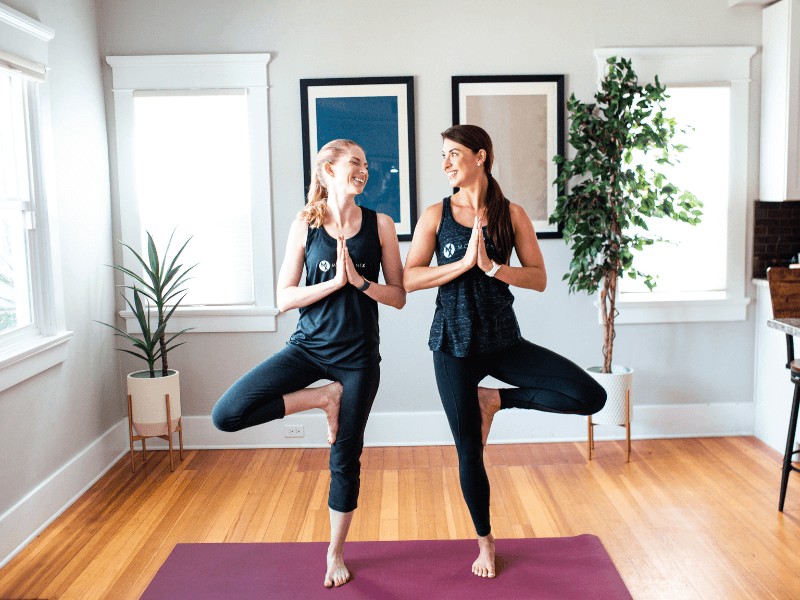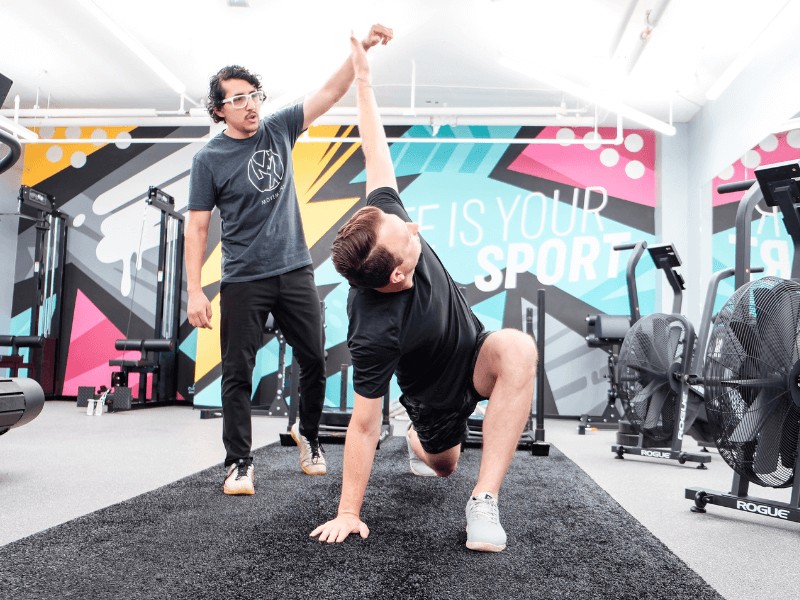A Comprehensive Guide to Stretching for Active Lifestyles
Stretching isn’t just a warm-up routine; it’s an essential practice that boosts performance, aids recovery, and promotes overall well-being. Join us as we delve into the world of stretching with insights from physical therapy experts, exploring its physiological effects and practical applications for active individuals striving to maximize flexibility and performance.

Understanding the Science Behind Stretching
To harness the power of stretching, it’s crucial to understand how it affects our muscles physiologically. According to Romin Ghassemi, a Doctor of Physical Therapy specializing in Orthopedics and CrossFit rehabilitation, post-activity stretching helps muscles recover by reducing excitability and restoring them to their resting state. This not only alleviates soreness and stiffness but also enhances tissue length, reducing the risk of delayed onset muscle soreness (DOMS).
Exploring Different Stretching Techniques
Navigating the world of stretching involves familiarizing yourself with various techniques:
- Static Stretching: Holding positions to elongate muscles without movement, ideal for post-workout cool-downs to promote flexibility.
- Dynamic Stretching: Controlled movements that enhance range of motion and warm up muscles before activity, reducing the risk of injury. Think leg swings and arm circles.
- Proprioceptive Neuromuscular Facilitation (PNF): Partner-assisted stretches involving alternating muscle contractions and relaxations, facilitating deeper stretches for targeted flexibility improvement.
- Active Isolated Stretching (AIS): Isolating specific muscles and briefly holding stretches to improve flexibility while minimizing injury risk.

Is All Stretching Created Equal?
Research suggests that timing matters when it comes to stretching.
Recent studies indicate that static stretching before activity may decrease muscle performance, particularly in activities like running and jumping. Therefore, it’s advisable to focus on active or dynamic stretching before exercising to maintain optimal muscle performance. Save static stretching for post-workout sessions to assist in loosening tight muscles. Remember, the key is to maintain joint range of motion for optimal movement.
Incorporating Stretching Into Your Routine
Make stretching a part of your regular workout routine. Follow the guidelines provided by the American College of Sports Medicine, recommending intentional stretching three days a week. Incorporate short post-workout stretches targeting major muscle groups to alleviate soreness and stiffness. Consistency is key, so allocate time for both pre- and post-workout stretching sessions. Customize your routine based on individual needs and preferences, aiming for 30-second holds for three repetitions – just 90 seconds of your day!

Understanding Potential Risks
While stretching offers numerous benefits, it’s essential to avoid overdoing it. Progressively build up your stretching capacity and complement stretching with strength training and cardiovascular exercise for overall health and resilience. Hypermobile individuals should focus on strength training to prevent injury and address any pain issues associated with excessive mobility.
The Mind-Body Connection
Stretching offers benefits beyond the physical realm, fostering a deep connection between mind and body. Engaging in stretching promotes mindfulness, enhances body awareness, and reduces stress, contributing to overall well-being.
Conclusion
Stretching is a personalized journey toward improved flexibility, performance, and well-being. By understanding the science behind stretching, exploring different techniques, and heeding expert advice, active individuals can unlock their full potential and elevate their fitness journey. So, embrace stretching as an art, and embark on a path toward greater flexibility, vitality, and holistic wellness.
References
- Page P. Current concepts in muscle stretching for exercise and rehabilitation. Int J Sports Phys Ther. 2012 Feb;7(1):109-19. PMID: 22319684; PMCID: PMC3273886.
- Apostolopoulos N, Metsios GS, Flouris AD, Koutedakis Y, Wyon MA. The relevance of stretch intensity and position-a systematic review. Front Psychol. 2015 Aug 18;6:1128. doi: 10.3389/fpsyg.2015.01128. PMID: 26347668; PMCID: PMC4540085.
About the Author
Dr. Romin Ghassemi is a physical therapist in Fuquay-Varina, North Carolina. He specializes in Orthopedic Conditions, Sports Injuries, and Neurological Conditions. Romin Ghassemi utilizes a variety of methods such as hands-on therapy, functional fitness, and mobilization to help you regain your strength, mobility, and vitality. Whether you’re an athlete recovering from an injury or just looking to enhance your overall well-being, he’s here to support you every step of the way!
📞 202 • 681 • 1474



